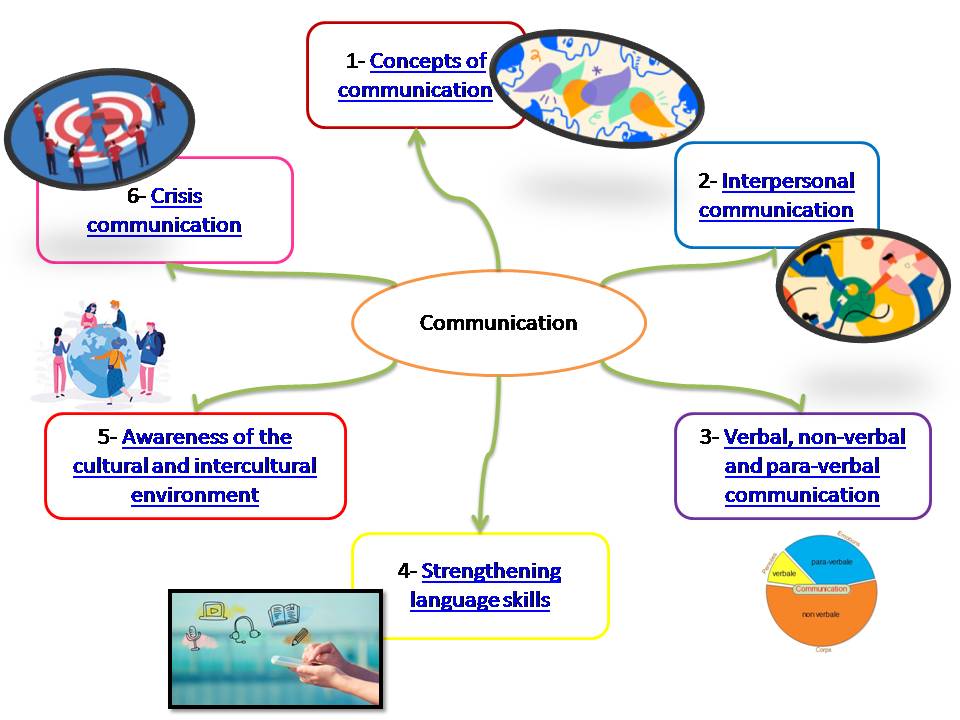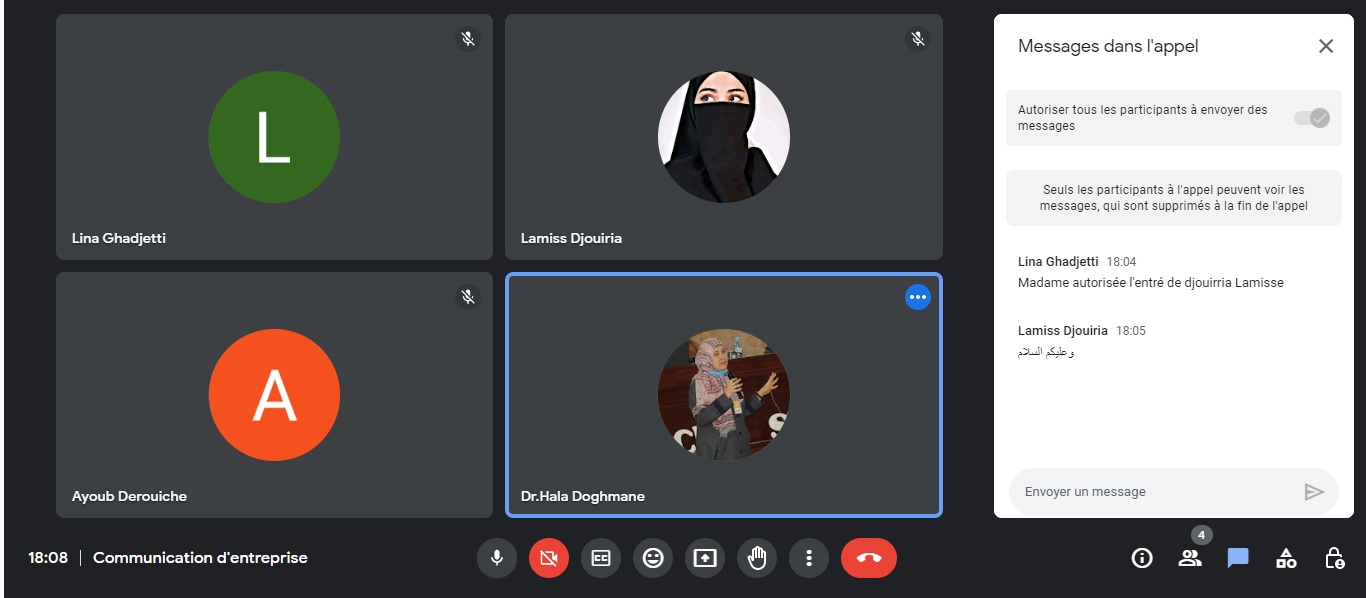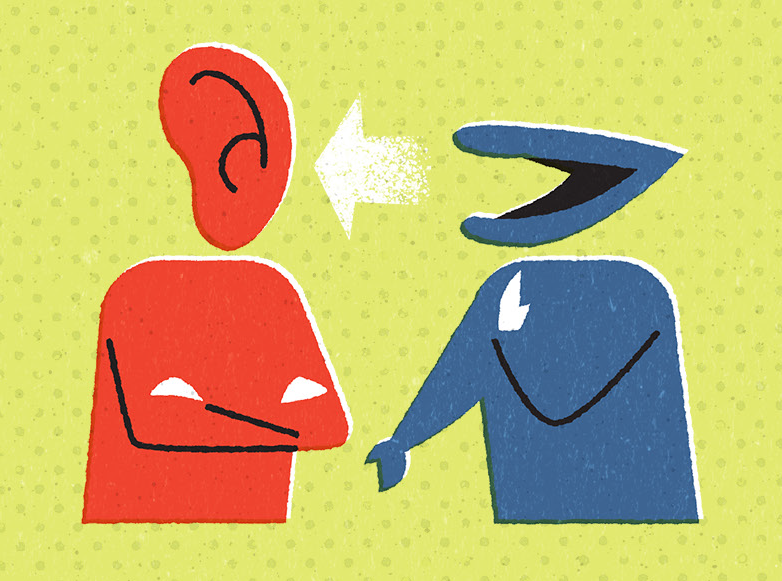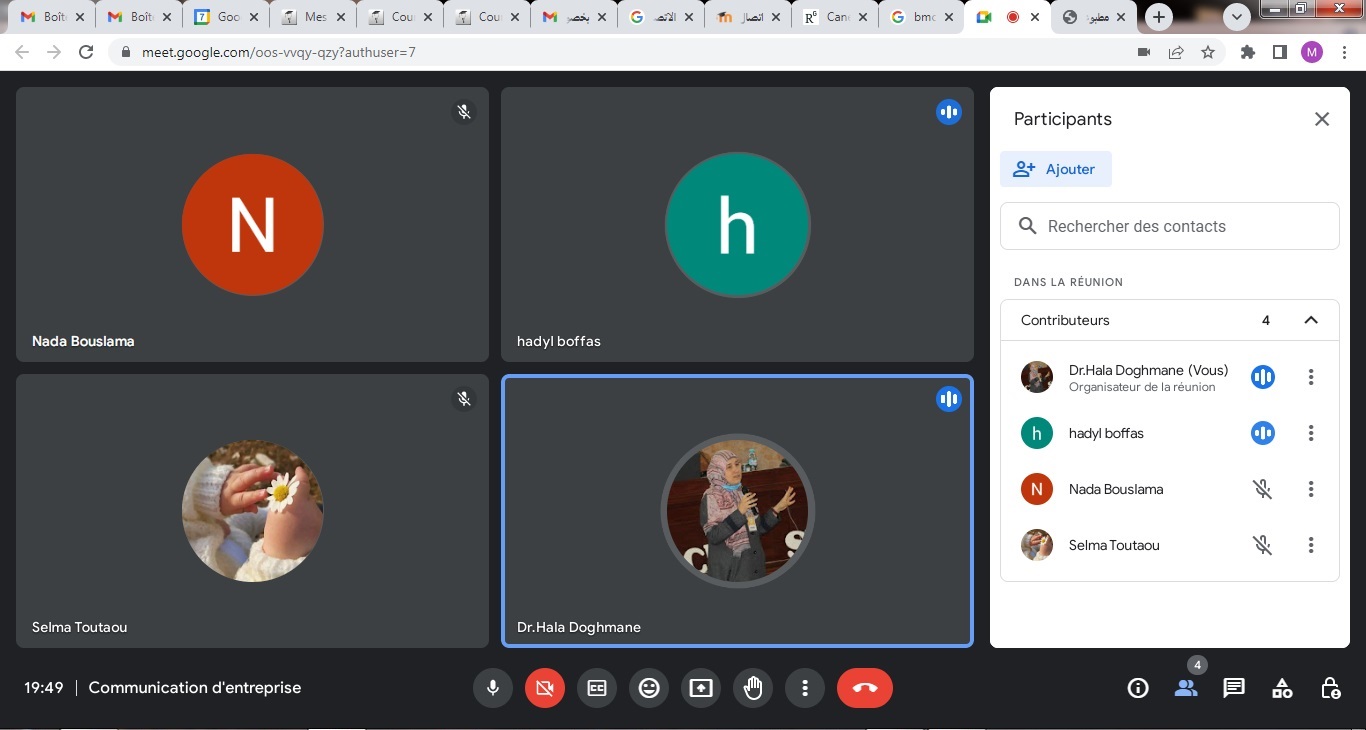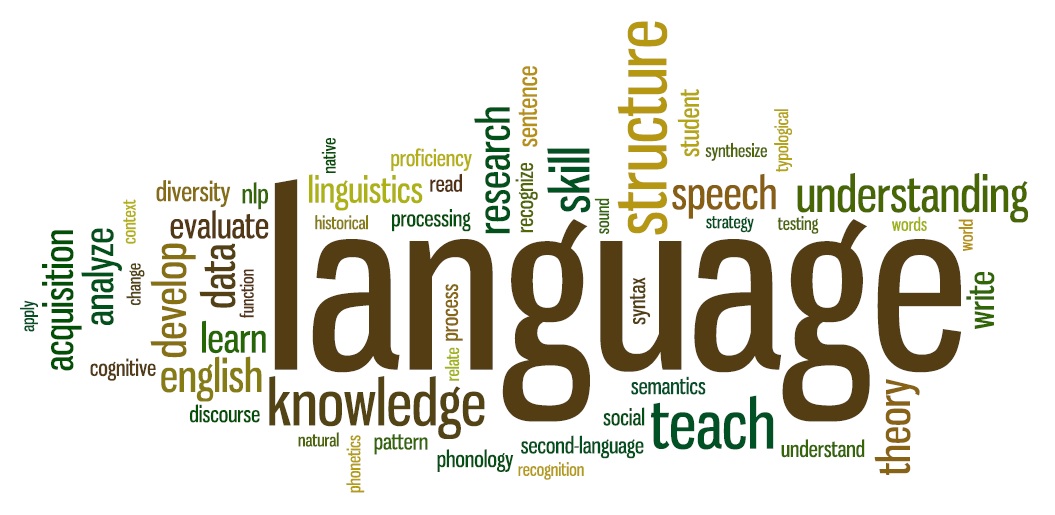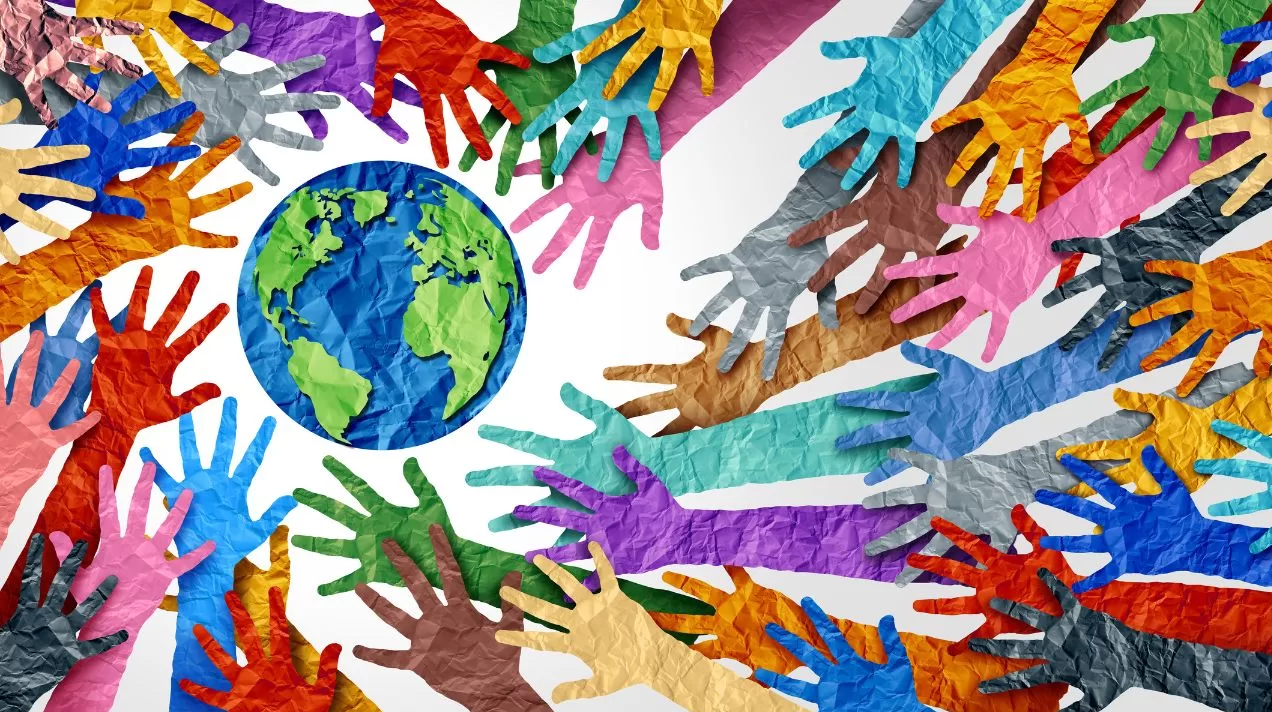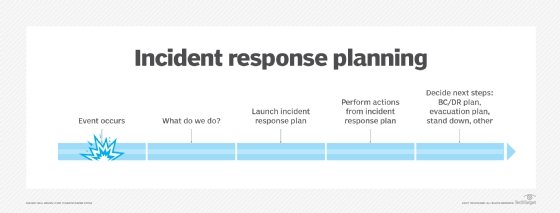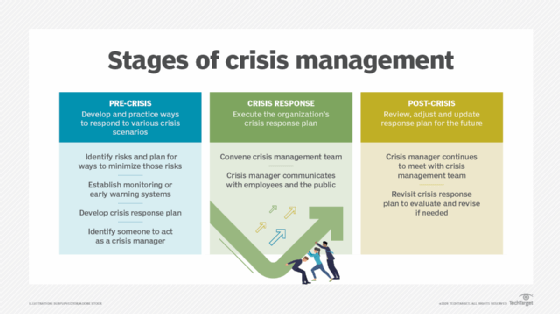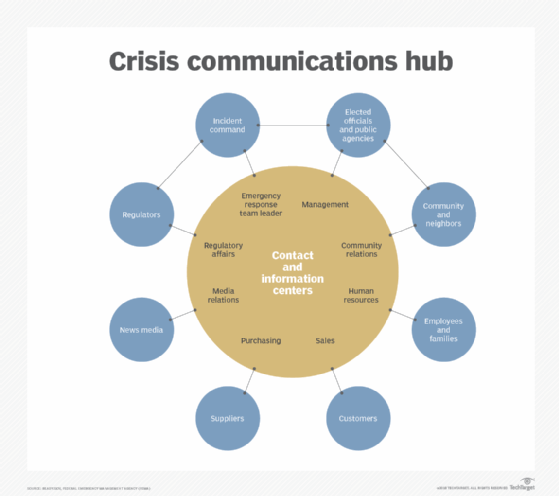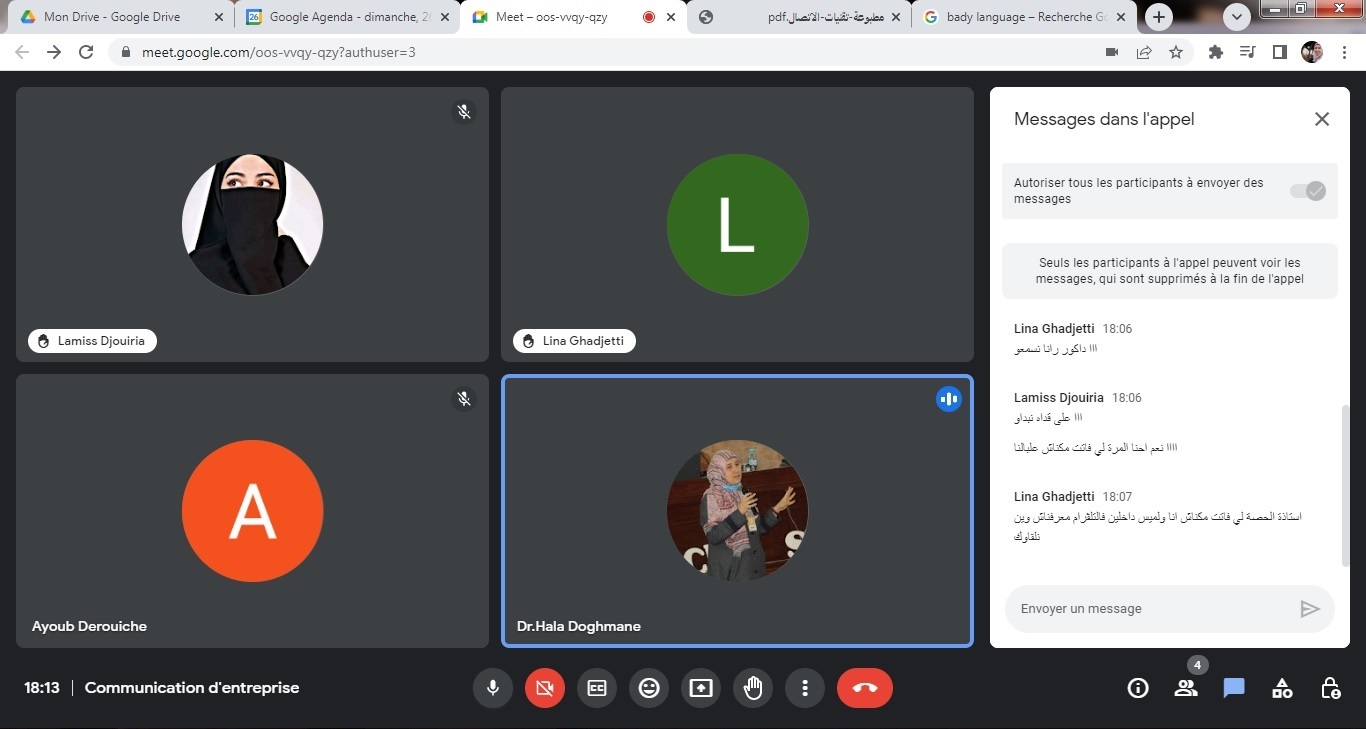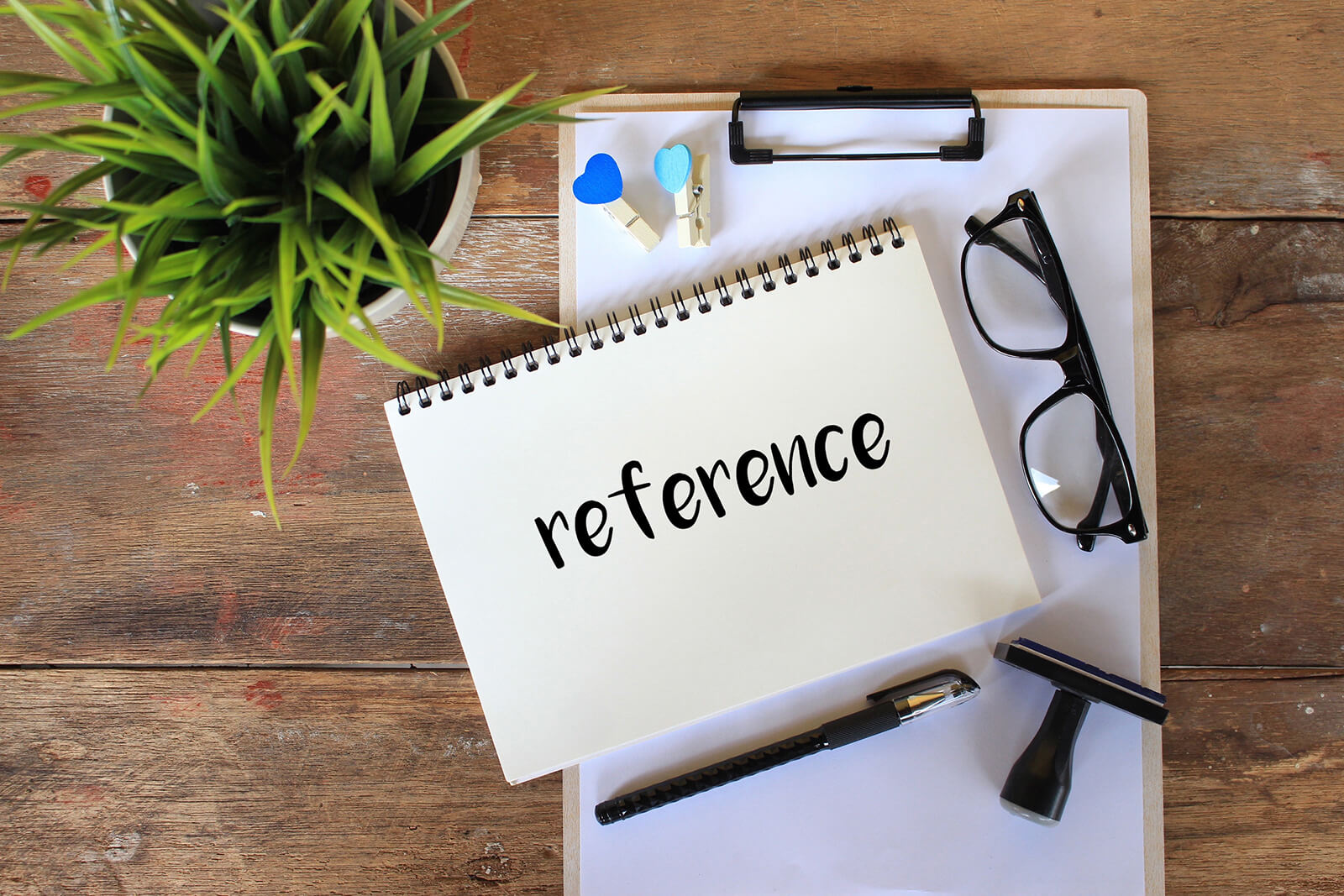
References: Books
* Adair,
John. Effective Communication. London:
Pan Macmillan Ltd., 2003.
* Ajmani, J.
C. Good English: Getting it Right.
New Delhi: Rupa Pubications, 2012.
* Amos,
Julie-Ann. Handling Tough Job Interviews. Mumbai: Jaico Publishing, 2004.
* Bonet,
Diana. The Business of Listening: Third
Edition. New Delhi: Viva Books,
2004.
* Bovee,
Courtland L, John V. Thill & Barbara E. Schatzman. Business Communication Today: Tenth Edition.
New Jersey: Prentice
Hall, 2010.
* Brown,
Michele & Gyles Brandreth. How to
Interview and be Interviewed. London:
Sheldon Press, 1994.
* Carnegie,
Dale. The Quick and Easy Way to Effective
Speaking. New York: Pocket
Books, 1977.
* Collins,
Patrick. Speak with Power and Confidence.
New York: Sterling, 2009.
* Fensterheim,
Herbert and Jean Baer. Don't Say Yes When
You Want To Say No. New York: Dell, 1975.
* Fitikides,
T. J. Common Mistakes in English.
London: Orient Longman, 1984.
* Guffey,
Mary Ellen. Essentials of Business Writing. Ohio: South- Western College Pubg.,
2000.
* Hall, Edward, T. Beyond Culture. Garden City, N.Y.: Doubleday, 1976.
* Hall, Edward, T. The Silent
Language. Greenwich, Conn,:
Fawcett, 1959.
* Hasson,
Gill. Brilliant Communication Skills.
Great Britain: Pearson Education, 2012.
* Hughes,
Shirley. Professional Presentations: A
Practical Guide to the Preparation
and Performance of Successful Business Presentations. Sydney: McGraw-Hill, 1990
* Kalish,
Karen. How to Give a Terrific
Presentation. New York: AMACOM, 1996.
* Kratz, Abby
Robinson. Effective Listening Skills. Toronto: ON: Irwin Professional Publishing, 1995.
* Kroehnert, Gary. Basic Presentation Skills. Sidney: McGraw Hill, 2010.
* Lesikar,
Raymond V and Marie E. Flatley. Basic Business Communication: Skills for Empowering the Internet Generation:
Ninth Edition. New Delhi: Tata McGraw-Hill, 2002.
* Lesikar,
Raymond V., & John D. Pettit, Jr. Report
Writing for Business: Tenth Edition. Delhi: McGraw-Hill, 1998.
* Morgan,
Dana. 10 Minute Guide to Job Interviews. New York:
Macmillan, 1998.
*
Monippally, Matthukutty, M. Business
Communication Strategies.
New Delhi: Tata McGraw-Hill Publishing Company Ltd., 2001.
* Moore,
Ninja-Jo, et al. Nonverbal Communication: Studies
and Applications.
New York: Oxford University Press, 2010.
* Nelson, Paul E. & Judy C. Pearson,
Confidence in Public Speaking.
* Neuliep,
James W. Intercultural Communication: A
Contextual Approach. Boston:
Houghton Mifflin Co., 2003.
* Prasad, H.
M. How to Prepare for Group Discussion
and Interview. New Delhi:
Tata McGraw-Hill Publishing Company Limited, 2001.
* Pease, Allan.
Body Language. Delhi: Sudha
Publications, 1998.
* Raman,
Meenakshi & Sangeeta Sharma. Technical
Communication: Principles and
Practice. Second Edition. New Delhi: Oxford University Press,
2011.
* Rogers,
Natalie. How to Speak Without Fear. London: Ward Lock, 1982.
* Rutherford,
Andrea J. Basic Communication Skills
for Technology: Second Edition.
Delhi: Pearson Education, 2007.
* Seely,
John. Writing Reports. New York: Oxford University Press, 2002.
* Sharma, R.
C. & Krishna Mohan. Business
Correspondence and Report Writing:
Third Edition. New Delhi: Tata
McGraw-Hill Publishing company Limited,
2007.
* Thill, John
V. & Courtland L. Bovée, Excellence
in Business Communication, 10th edition. Boston : Pearson,
2013.
* Thorpe,
Edgar & Showick Thorpe. Winning
at Interviews. 2nd Edition. Delhi:
Dorling Kindersley, 2006.
* Turton, N.
D. & J. B. Heaton. Longman
Dictionary of Common Errors. Essex: Longman,
1987. First Indian
Edn. 1998.
References: Web Links
 http://networketiquette.net/
http://networketiquette.net/
 https://public.wsu.edu/~brians/errors/
https://public.wsu.edu/~brians/errors/
 http://users3.ev1.net/~pamthompson/body_language.htm
http://users3.ev1.net/~pamthompson/body_language.htm http://www.albion.com/netiquette/corerules.html
http://www.albion.com/netiquette/corerules.html
 http://www.bbc.co.uk/worldservice/learningenglish/radio/specials/15
35_questionanswer/page15.shtml
http://www.bbc.co.uk/worldservice/learningenglish/radio/specials/15
35_questionanswer/page15.shtml
 http://www.colostate.edu/Depts/Speech/rccs/theory44.html
http://www.colostate.edu/Depts/Speech/rccs/theory44.html http://www.dailywritingtips.com/
http://www.dailywritingtips.com/
 http://www.englishdaily626.com/c-errors.php
http://www.englishdaily626.com/c-errors.php
 http://www.indiabix.com/group-discussion/topics-with-answers/
http://www.indiabix.com/group-discussion/topics-with-answers/ http://www.owlnet.rice.edu/~cainproj
http://www.owlnet.rice.edu/~cainproj
 http://www.thehumorsource.com
http://www.thehumorsource.com
 http://zzyx.ucsc.edu/~archer/intro.html
http://zzyx.ucsc.edu/~archer/intro.html








